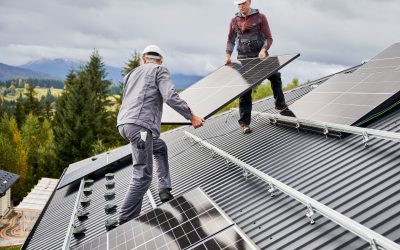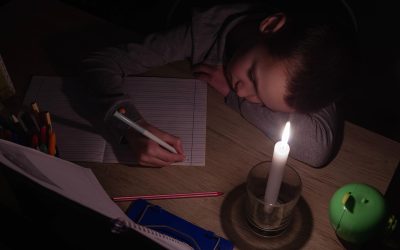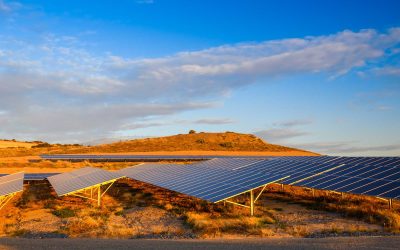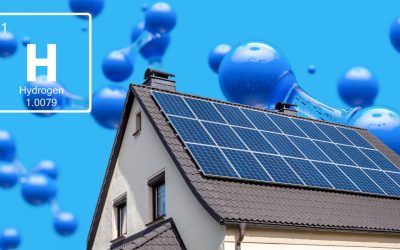This is a continuation of my 3 part series of articles focusing on home and business solar power systems. In part 1, I dealt with the solar panels. In this article, I’m going to deal with choosing the inverter.
Contrary to popular belief, the inverter does not need to have the same capacity as the solar panels. It just needs to be able to handle the peak output of the panels, but it doesn’t need to have the same capacity. For example, your solar panels could have a peak output of 3 kW and you could have a 5 kW inverter. You don’t need to have a 3 kW inverter to match the panels. And, if you choose a 5 kW inverter, you don’t need to install 5 kW of solar panels.
The inverter should be sized according to your building’s peak power consumption, or peak load. We’ve already taken care of the energy requirement with the panels. Now we need to look at the maximum power your building will require at any given moment.
There are a couple of ways to determine your peak load. The first is with an energy meter. Your energy meter will show you the peaks in your building’s load, and you can size the inverter accordingly. One thing to keep in mind though: if your energy meter takes readings once every hour, or once every 30 minutes, you might miss some peaks in between. A kettle, for example, takes a few minutes to boil but has a high power requirement. Your energy meter will most likely miss this load unless it takes readings every minute. The image below shows a load profile from an energy meter. For this building, the peak load is around 1.3 kW.
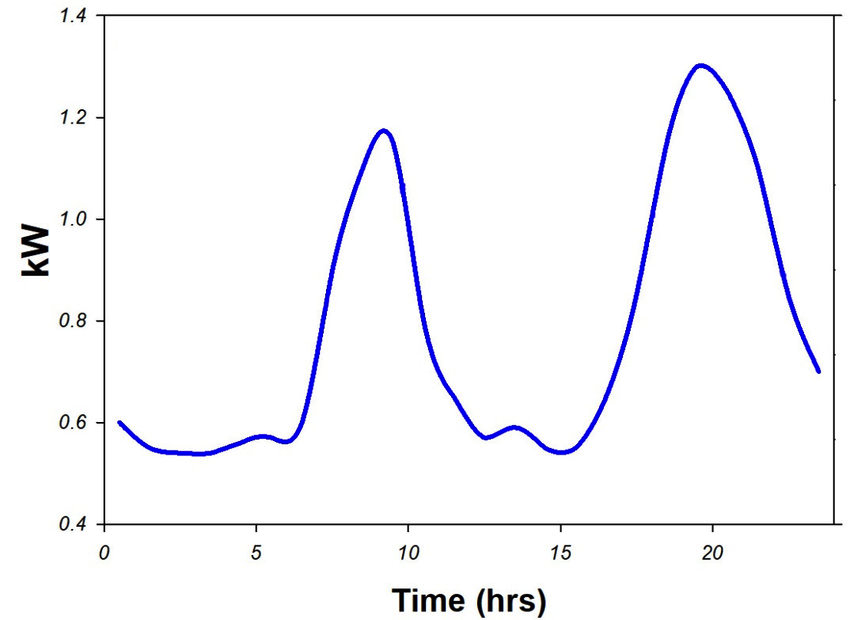
The second way to determine your peak load, which deals with the issue of missed peaks, is to look at the high-power appliances in your home and determine how many of them you are likely to use at the same time. These are generally appliances with a heating element: kettle, geyser, dishwasher, washing machine, toaster, iron, and so on. Make a list of these items, along with their power requirement (which you can get on the nameplate). Next, group the appliances together that you are likely to use at the same time. Summing their power requirements will give you your peak load.
The image below shows the nameplate on the underside of a kettle. This kettle has a maximum power requirement of 1200 W or 1.2 kW.
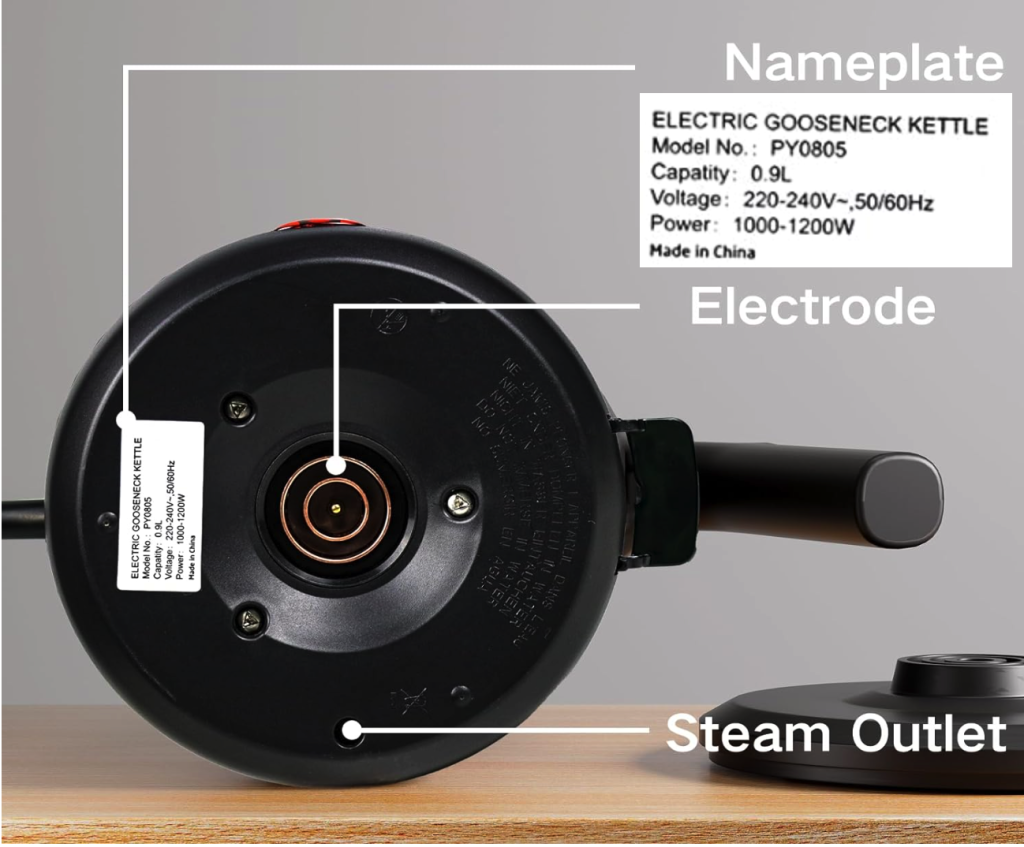
To save on your inverter cost, you could also use this exercise to decide which appliances you should never use at the same time. For example, if your geyser’s load is 3 kW, your iron 2 kW, and your dishwasher 2.5 kW, you could have a rule in your building never to use all three of these appliances at the same time. Then, your peak output will never be more than 5.5 kW, as opposed to a peak output of 7.5 kW when all the appliances are in use. This will reduce your inverter size requirement and, thus, the cost of your system.
Once you have your peak load, you are ready to choose an inverter. We never want the inverter to be operating at full capacity. Operating at full capacity strains the inverter and reduces its life. So, add around 10-15% to the peak load to get the inverter size you need. For example, say your peak load is 7.5 kW, adding 10-15% to this gives around 8.5 kW. Any inverter with this capacity or higher will be suitable. Also, check that the inverter you choose is able to handle the peak output of your solar panels.
It might also be a good idea to get two small inverters as opposed to one big one. This will add resilience to your system. If one inverter has a fault and needs repair, the second one can carry at least some of your load during the repair. But, keep in mind that you still need to be able to support your load. If you have one appliance that requires 5 kW, it will not make sense to get two 4 kW inverters.
There are 3 types of inverters: off-grid inverters, grid-tied inverters, and hybrid inverters. Hybrid inverters are the preferred type because they allow you to use a range of power supplies including the grid, your battery bank, as well as a generator. Even if you are completely off-grid, a hybrid inverter is still recommended because of the way it manages power usage and integration with a standby generator.
In the next article, we’ll look at the final component: the battery.




